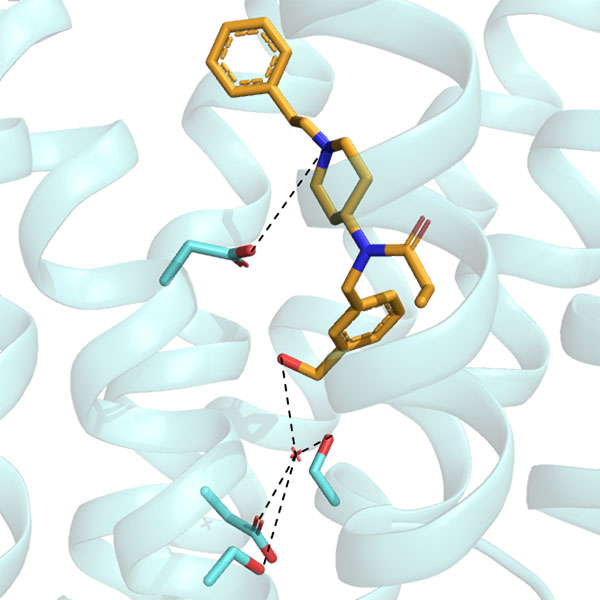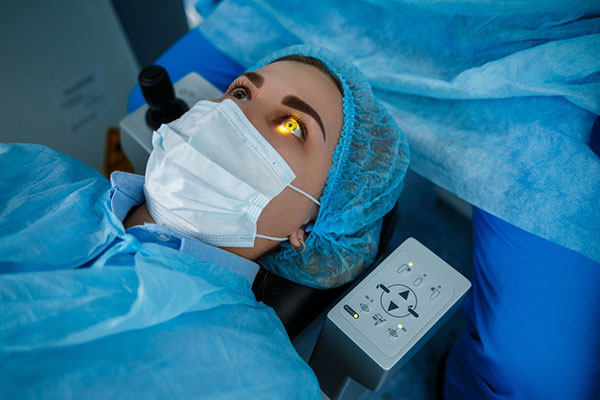FOR IMMEDIATE RELEASE
“Catalase-Powered Nanobots for Overcoming the Mucus Barrier”
ACS Nano
Snot might not be the first place you’d expect nanobots to be swimming around. But this slimy secretion exists in more places than just your nose and piles of dirty tissues — it also lines and helps protect the lungs, stomach, intestines and eyes. And now, researchers reporting in ACS Nano have demonstrated in mice that their tiny, enzyme-powered “snot bots” can push through the defensive, sticky layer and potentially deliver drugs more efficiently.

Snot, known more scientifically as mucus, protects cells from pathogens and irritants by trapping them in a sticky barrier. But that protectiveness also keeps out locally administered drug treatments. A drug molecule can be attached to a small nanoparticle that may help it slip through the barrier more easily or be co-administered with other compounds that help liquefy the mucus. But Samuel Sánchez and colleagues wanted to combine these strategies, and they made a nano-sized snot bot fueled by mucus-busting hydrogen peroxide (H2O2).
To build the nano-sized robots (10 of them lined up would span a red blood cell), researchers attached catalase enzymes to porous silica nanoparticles. The pores in these particles can be filled with drug molecules, helping them sneak through the mucus defenses like a Trojan horse. Initial tests showed that, when administered alongside H2O2, the catalase enzymes propelled the bots by breaking down the peroxide fuel into oxygen and water.
The team next built a model of the intestinal mucus layer using lab-grown human intestinal cells. The bots passed through the model’s mucus layer within 15 minutes, without significantly harming the cells underneath. Considering that mucus is typically cleared and regenerated every 10 minutes to 4.5 hours, this quick timeframe could prevent the bots from getting trapped and removed by the mucus layer. Further tests on mouse colons bolstered this result, showing that the nanobots did not damage cells or tissues while traversing the viscous layer. In all, the team showed that around 28% of deployed nanobots successfully crossed the mucus barrier, and that 28% is a 60-fold increase over passive diffusion of particles. Previous tests using different enzymes or other mucus-disrupting drugs improved diffusion by around 10-fold. The researchers believe that their snot bots are promising candidates for drug delivery systems, especially those impeded by the mucus barrier.
The authors acknowledge funding from the European Research Council, the State Research Agency, “ERDF A way of making Europe,” the European Union NextGenerationEU/PRTR (Bots4BB project), the CERCA program by the Government of Catalonia, the Ministry of Research and Universities, the Department of Business and Knowledge of the Government of Catalonia, and the Severo Ochoa Center of Excellence.
###
The American Chemical Society (ACS) is a nonprofit organization chartered by the U.S. Congress. ACS’ mission is to advance the broader chemistry enterprise and its practitioners for the benefit of Earth and all its people. The Society is a global leader in promoting excellence in science education and providing access to chemistry-related information and research through its multiple research solutions, peer-reviewed journals, scientific conferences, eBooks and weekly news periodical Chemical & Engineering News. ACS journals are among the most cited, most trusted and most read within the scientific literature; however, ACS itself does not conduct chemical research. As a leader in scientific information solutions, its CAS division partners with global innovators to accelerate breakthroughs by curating, connecting and analyzing the world’s scientific knowledge. ACS’ main offices are in Washington, D.C., and Columbus, Ohio.
To automatically receive press releases from the American Chemical Society, contact newsroom@acs.org.
Note: ACS does not conduct research, but publishes and publicizes peer-reviewed scientific studies.





